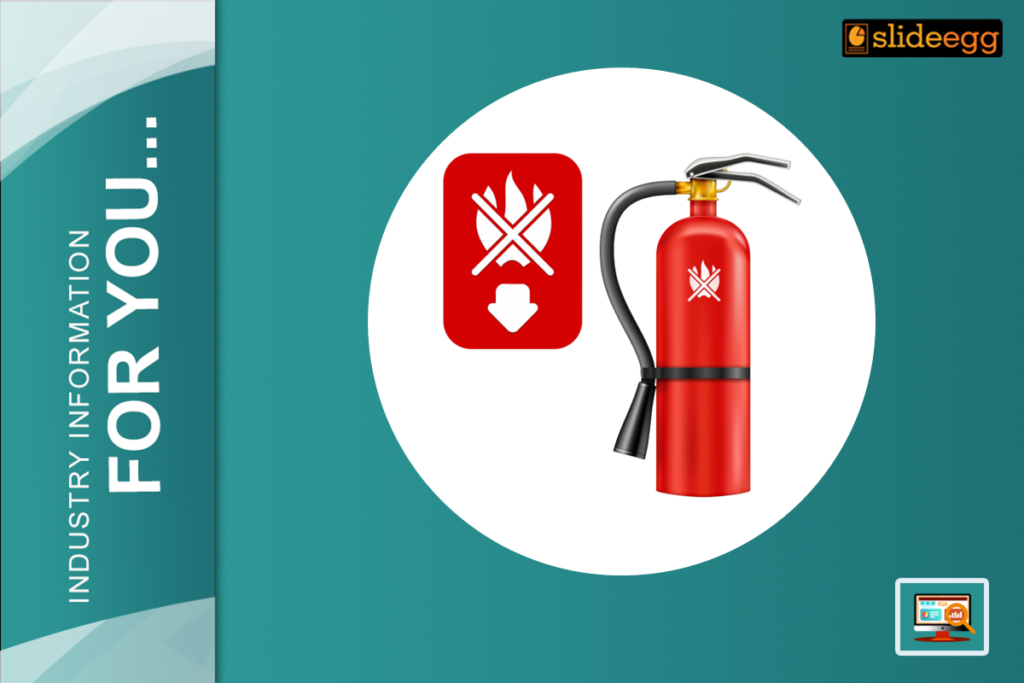Fire safety is often overlooked, yet it’s a critical topic everyone should understand. Fires can strike unexpectedly—in homes, offices, schools, or public spaces—and have the power to dramatically change lives in mere minutes. Understanding the risks and being prepared can mean the difference between safety and disaster.
This blog highlights the unpredictable nature of fires and the importance of awareness, setting the stage for a deeper exploration of fire safety strategies and prevention. A well-structured fire safety presentation can make a huge difference in educating people and creating awareness. Let’s explore the importance of fire safety.
Why Fire Safety Matters
Fire can hurt people and destroy things. Here’s why we should care:
- Fires happen fast and can be very dangerous
- Learning about fire safety helps protect everyone
- Knowing what to do can save lives
Fire safety means being smart and prepared. It’s about stopping fires and knowing how to stay safe if one starts. Everyone – from workers to teachers to community leaders – can help prevent fire accidents.
A little knowledge can make a big difference in keeping people safe.
The Los Angeles Incident: A Wake-Up Call
The Los Angeles fire was a tragic event that highlighted critical safety gaps. In this commercial building fire, several people were injured, and property damage was extensive. The fire spread quickly due to poorly stored flammable materials, and the lack of a clear evacuation plan made everything worse.
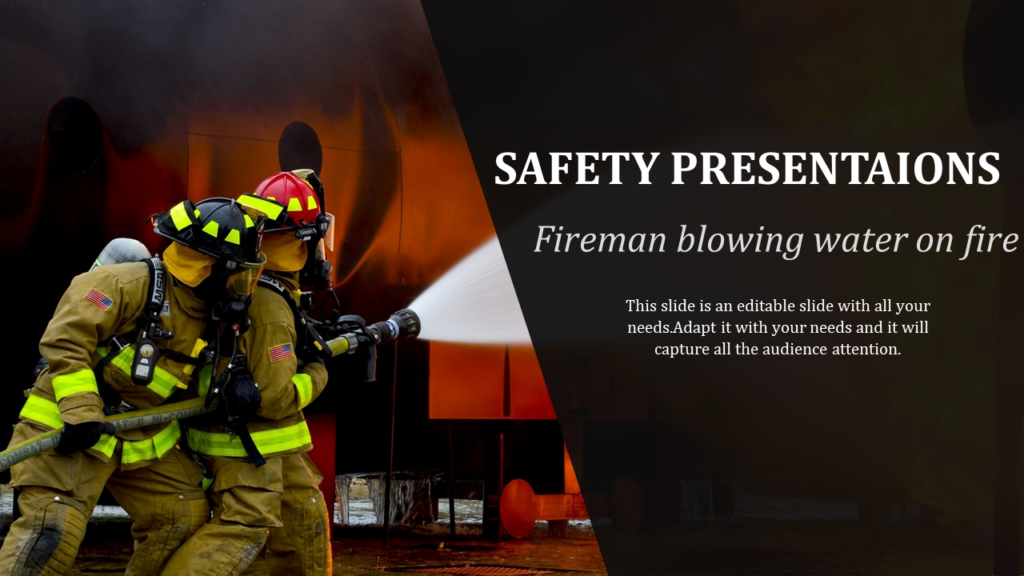
This incident exposed some crucial issues:
First, there were no clear signs showing safe exit routes. Second, employees were unsure how to use fire extinguishers or follow evacuation protocols. Most critically, confusion and panic meant precious response time was lost.
This incident isn’t just a local story – it’s a global lesson. It shows why businesses, schools, and communities need to take fire safety seriously.
Creating a Meaningful Fire Safety Presentation
How do you make fire safety information both informative and engaging? A well-designed and professional PowerPoint slides can transform complex safety guidelines into something people actually want to understand.
Start with Real Stories
Begin by sharing actual incidents like the Los Angeles fire. Real-life examples grab attention and create an emotional connection. If possible, use images that illustrate the real impact of fire hazards.
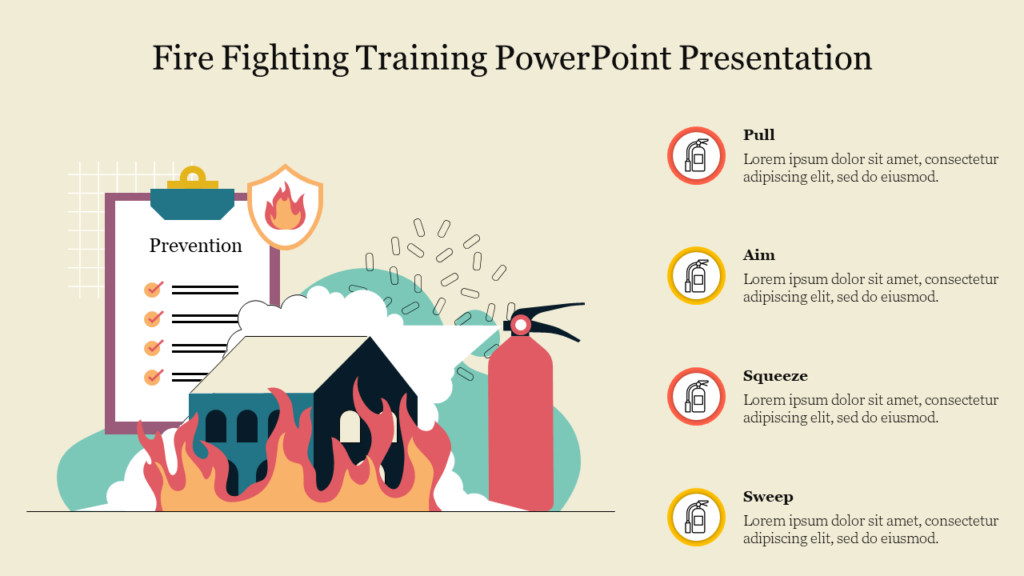
Explain Fire Causes and Prevention
Help your audience understand how fires start and how to prevent them. Cover common causes like electrical issues, unattended cooking, and improper storage of flammable materials. Then provide clear, practical prevention tips:
- Always watch what you’re cooking
- Regularly check electrical appliances
- Store potentially dangerous materials safely
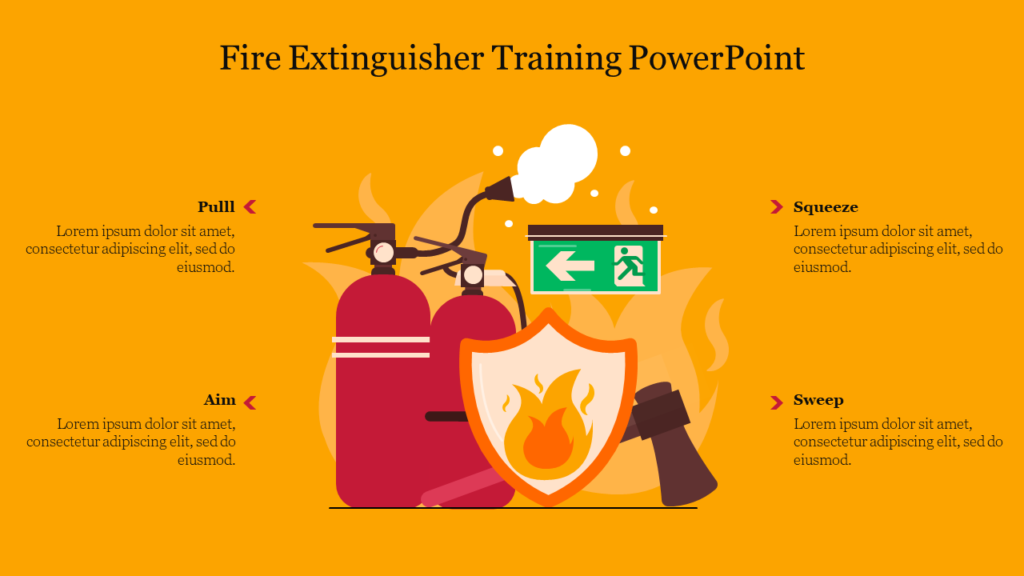
Outline Emergency Procedures
People need to know exactly what to do during a fire. Cover critical steps like:
- Identifying and remembering emergency exits
- Properly using fire extinguishers (remember the PASS technique)
- Practicing evacuation drills consistently
- Visual aids like diagrams can make these procedures much clearer and easier to remember.
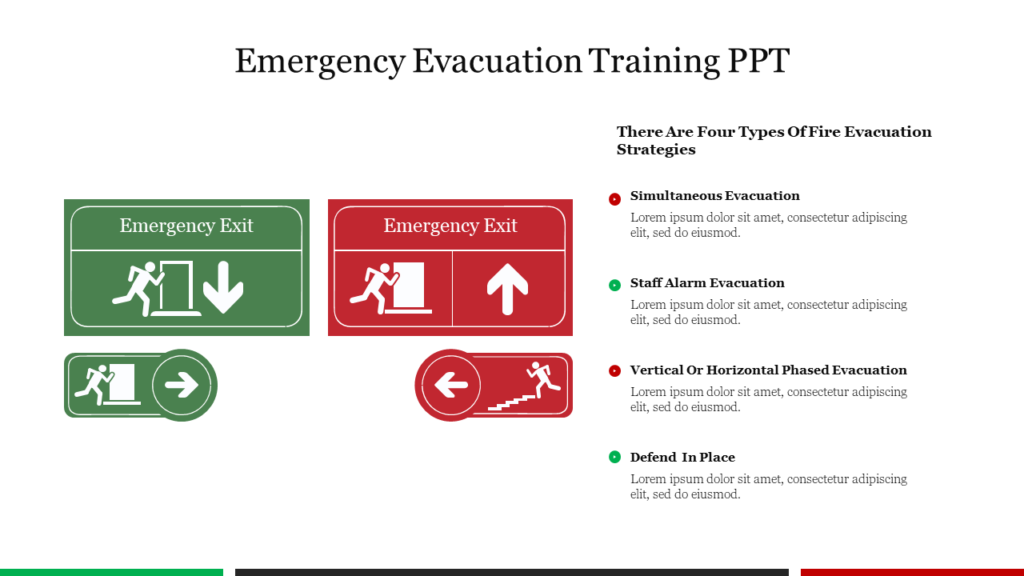
Design Matters
Use visually appealing slides with clear icons, flowcharts, and infographics. Keep text minimal and impactful. The goal is to communicate, not overwhelm.
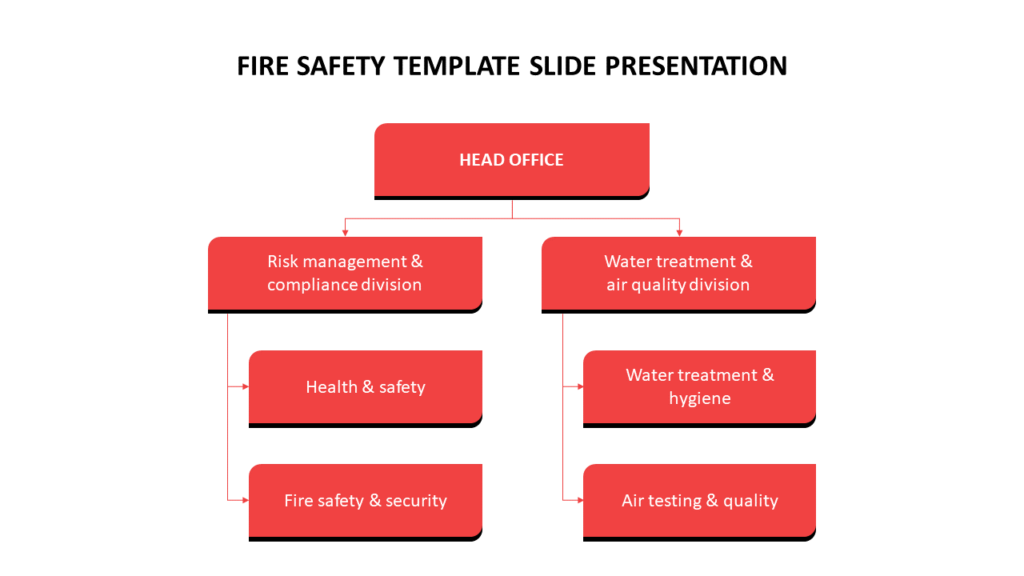
Conclude with Action
End your presentation by reinforcing key takeaways. Emphasize being alert, practicing safety drills, and reporting potential hazards quickly.
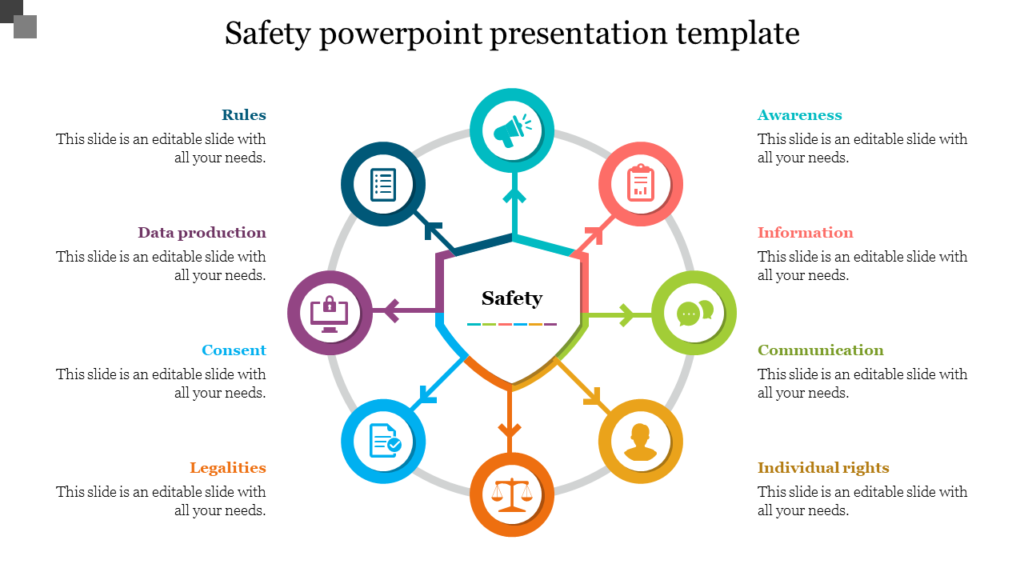
How Fire Safety Presentations Help Different Settings
Fire safety presentations play a vital role in preparing people for emergencies across various environments.
In Schools:
These presentations teach students simple evacuation routes and basic safety rules through interactive demonstrations and easy-to-remember instructions. Teachers can use age-appropriate examples to help children understand fire dangers and safety measures.
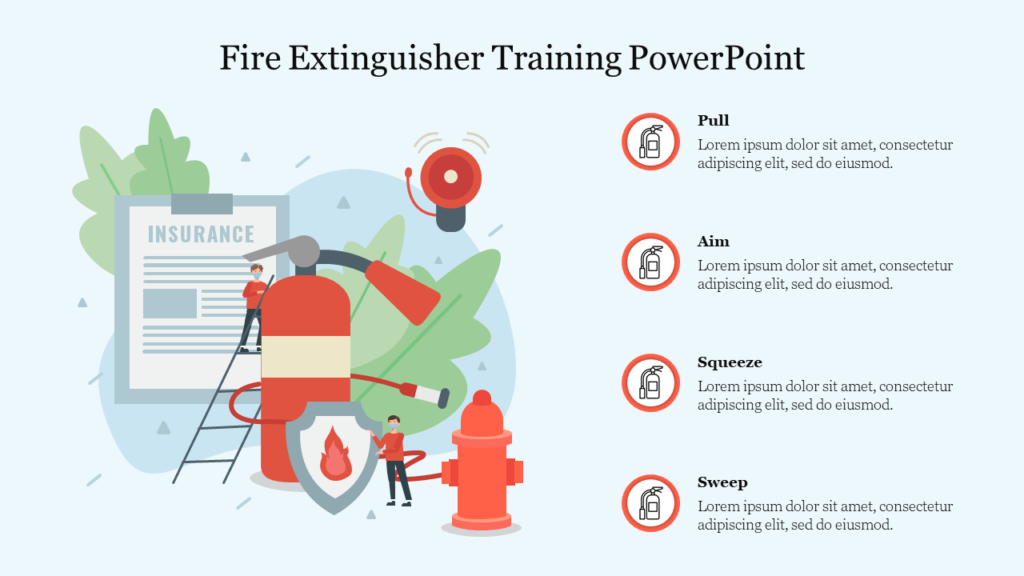
In Colleges:
The fire presentations focus on dorm safety and laboratory protocols. Students learn about handling chemical fires, using specialized equipment, and following specific evacuation procedures for different campus buildings. These sessions often include hands-on training with fire extinguishers and practice drills in student housing.
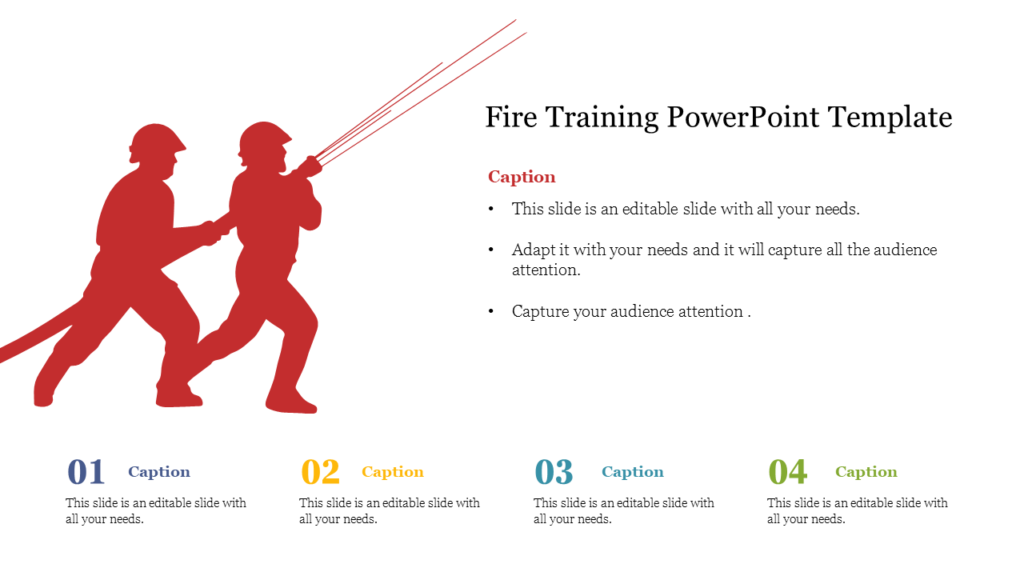
In Offices:
Fire presentations address unique workplace challenges. Employees learn about electrical safety, proper storage of materials, and their building’s emergency systems. Regular drills help teams practice using emergency exits and assembly points. Companies often include specific training for fire wardens and safety coordinators who lead evacuations.
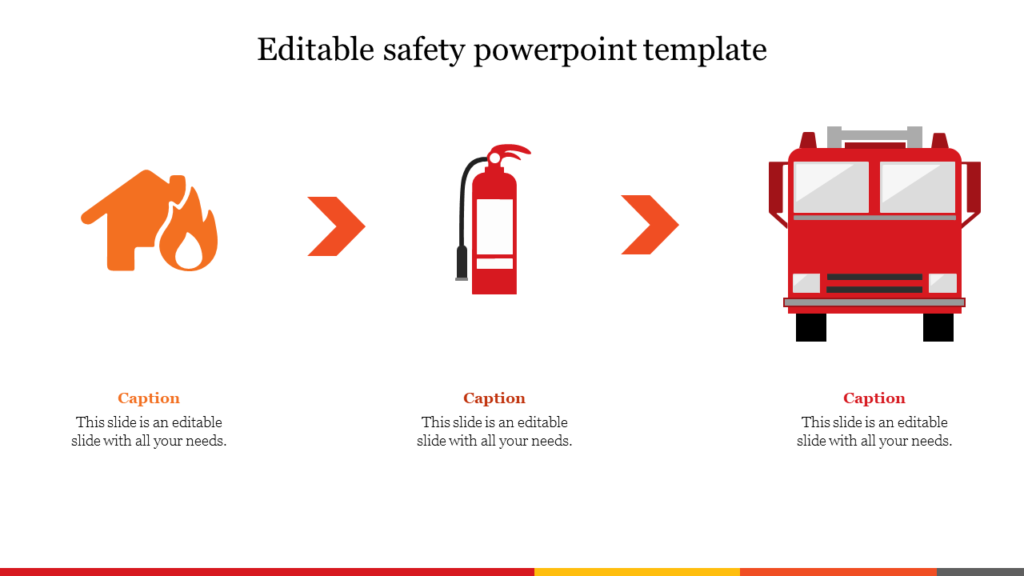
In Community Centers:
Local fire departments often lead these sessions, sharing real stories and demonstrating home safety tips. Residents learn about smoke detectors, creating family evacuation plans, and identifying fire risks in their homes.
By adapting presentation content to each setting’s needs, we create safer environments where everyone knows exactly what to do when seconds count.
How to Responding During a Fire Emergency
Knowing how to act during a fire can save lives. Key emergency response strategies include:
- Knowing evacuation routes and practicing fire drills regularly.
- Staying low to avoid inhaling smoke.
- Using the PASS method for fire extinguishers: Pull, Aim, Squeeze, Sweep.
- Calling emergency services and providing clear information.
- Preparation ensures everyone knows what to do if a fire breaks out, reducing panic and confusion.
Community’s Role in Fire Safety
Fire safety isn’t a solo mission – it’s a team effort. Communities should organize workshops and training sessions. Schools can teach children about fire safety early on. Workplaces should conduct regular safety training, helping teams understand evacuation plans and how to handle potential emergencies.
Final Thoughts
The Los Angeles fire serves as a powerful reminder that fire safety is not just a choice, but a critical responsibility. Our ability to create engaging, informative presentations can transform awareness into action, potentially saving countless lives. Every presentation to employees, students, or community members is an opportunity to spark change and protect those around us. By learning from past incidents and sharing knowledge, we can build safer environments together. Fire safety begins with a single spark of awareness – and that spark starts with you.
